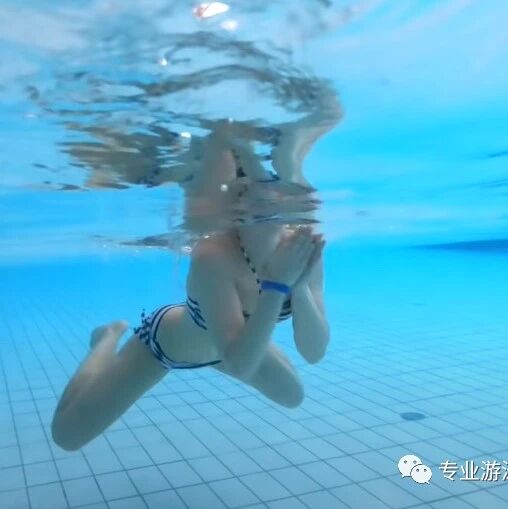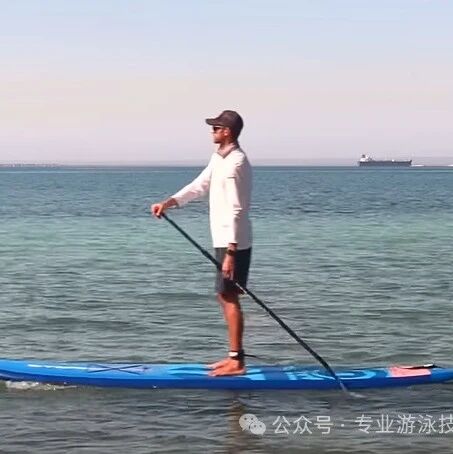How is it possible to achieve a high, leg-up position without kicking? The advantages of the Total Immersion approach
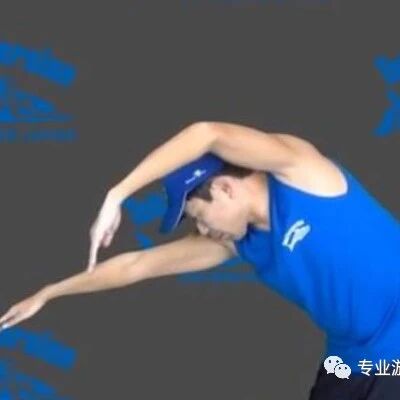
A friend who wants to learn swimming asks: "I’d like to master the full immersion technique, but my coach is teaching competitive swimming—what should I do?" Another swimmer chimes in: "I’m not kicking, yet my legs stay high and I don’t sink—how do I manage that?" From a learning perspective, the key difference between full immersion and traditional swimming lies in their teaching philosophies and methodologies, rather than representing entirely new swimming postures or techniques.
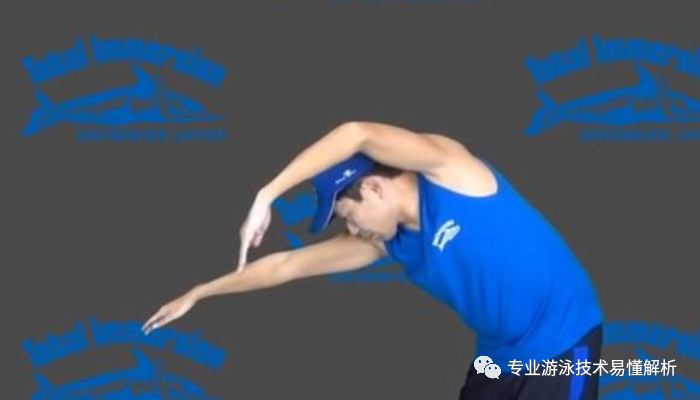
In Total Immersion teaching, two common scenarios often arise: One is experienced swimmers who, upon observing the Total Immersion process, quickly jump to a superficial conclusion—like, "Isn't Total Immersion just competitive swimmers deliberately swimming slower?" The other involves beginners, who find Total Immersion swimming surprisingly effortless and enjoyable, naturally assuming it must be superior to competitive swimming. Both of these perceptions are overly simplistic. To better understand, I recommend first reading my previous article titled "Why is freestyle slow and chaotic? Misunderstanding the concept of Total Immersion SwimmingA brief self-study guide to the full-immersion swimming course—covering key challenges and tips for learning to swim independently.Why don’t the legs sink during the full-body streamline swim? A detailed analysis of the full-body streamline concept"A Close Look at Mr. Terry's Total Immersion Swimming: One Article Summarizes the Key Points of Total Immersion Freestyle"Master the key techniques of the full-body freestyle stroke and effortlessly discover the "downhill glide" sensation.
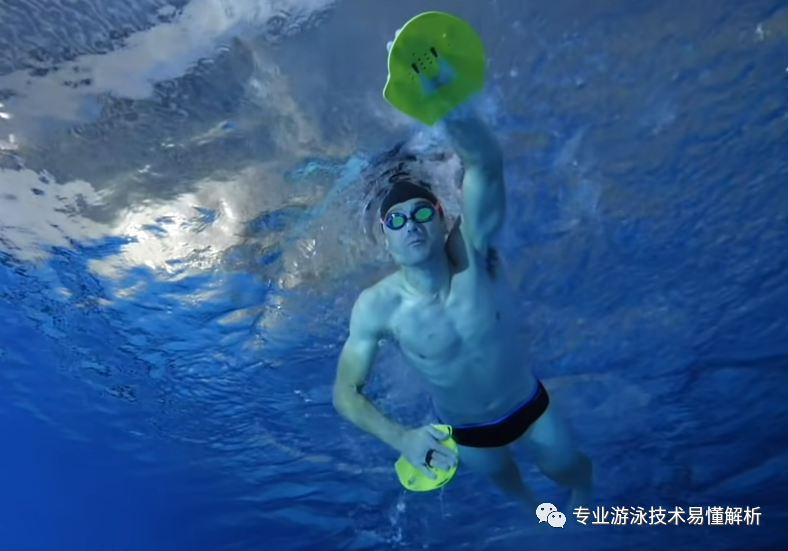
From the perspective of swimming instruction, competitive swimming coaching uses teaching as a means, focuses on identifying top talent as its primary goal, and emphasizes rigorous training—ultimately driving performance-oriented outcomes. In contrast, immersive swimming instruction prioritizes teaching itself as the main objective, with training serving as a supportive tool, all aimed at continuously enhancing swimmers' skills while fostering a deeper enjoyment of the sport. At their core, the distinction between these two approaches mirrors the difference between exam-focused education and knowledge-based learning—though when taken to the extreme, both can produce academic elites.
From the perspective of learning to swim, those naturally gifted in swimming are a tiny minority, while the vast majority have a genuine interest in it. At its core, the All-Immersive Swimming Method aims to empower anyone—whether they’re eager to learn or simply enjoy swimming—to master the sport, either through self-study or with the guidance of a dedicated coach—and even eventually become their own instructor. Unlike traditional swimming instruction, this method fundamentally addresses the steep learning curve and challenges of improving in freestyle swimming, making it significantly easier for beginners to get started and progress more smoothly. This is achieved primarily through two key approaches:
1. At the beginner stage, mastering the freestyle kick is not required—instead, the emphasis is on developing your body’s ability to maintain balance in the water.
When it comes to balance, floating exercises are a common activity in both traditional and Total Immersion swimming instruction—but the specific guidance provided for each approach differs significantly. In traditional teaching, swimmers are encouraged to lie faceup on the water’s surface, with the instructor gently supporting their head to prevent sinking. Once the instructor quietly removes their hand, the swimmer is considered to have mastered body relaxation and achieved basic balance if they can successfully maintain an (back float). In contrast, Total Immersion focuses on a more advanced technique: swimmers practice (frontal float), with their faces submerged in the water. This exercise is inherently more challenging than the back float because it demands greater body awareness, precise control, and deep relaxation—skills that swimmers must actively cultivate rather than relying on the unconscious ease of the back float.
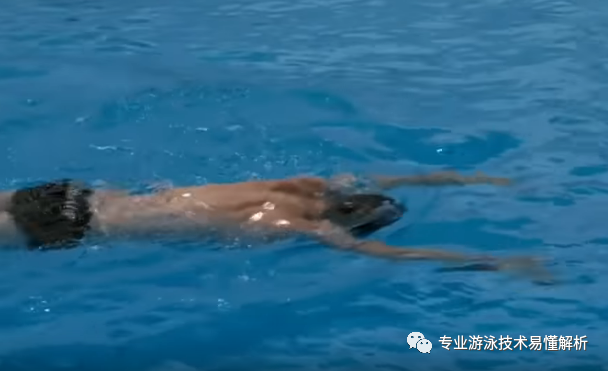
2. At the beginner stage, learning to breathe isn’t required—instead, the focus is on coordinating arm movements, body rotation, and core stability.
It must be said that breathing in freestyle is indeed a significant hurdle in mastering the stroke. Traditional swimming instruction typically focuses on first perfecting the whip kick, then gradually building endurance as swimmers adapt their cardiovascular systems to the rhythm of swimming over extended periods. Meanwhile, instructors refine freestyle breathing by correcting the swimmer’s body rotation and arm-pushing motions. However, this approach can sometimes feel almost forceful, pushing swimmers to rely too heavily on brute strength—whether it’s kicking or breathing. Only when the swimmer finally "hits" that elusive sense of flow and starts to grasp the right technique will improvement truly begin. Yet, during this critical learning phase, repeated practice is essential. Unfortunately, without careful guidance, swimmers may inadvertently develop flawed movement patterns that could hinder their long-term competitive performance and limit their full swimming potential.
Full-immersion swimming instruction doesn’t require breathing—instead, swimmers are immediately given a snorkel to focus exclusively on perfecting their arm recovery, propulsion, and body rotation techniques. Once these movements become smooth and coordinated, they’re encouraged to integrate core-strength exercises, further enhancing their ability to move fluidly and efficiently. Only after mastering this foundation is the snorkel removed, allowing freestyle breathing to fall naturally into place. This approach results in a much smoother learning curve while also preventing the development of incorrect or ingrained movement habits.
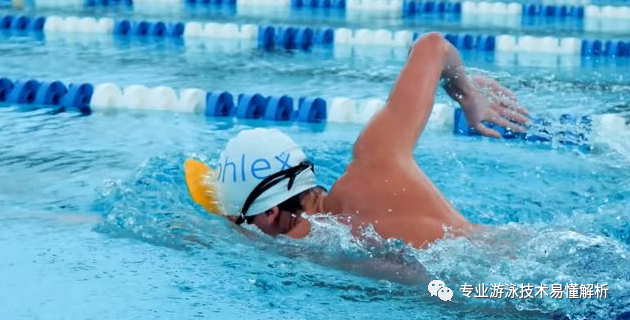
One official account shares swimming tips, while another focuses on software insights, online resources, and reading experiences.
Thank you for your supportive and encouraging likes—especially appreciated are the comments that spark conversation, as well as more shares to spread the word!
